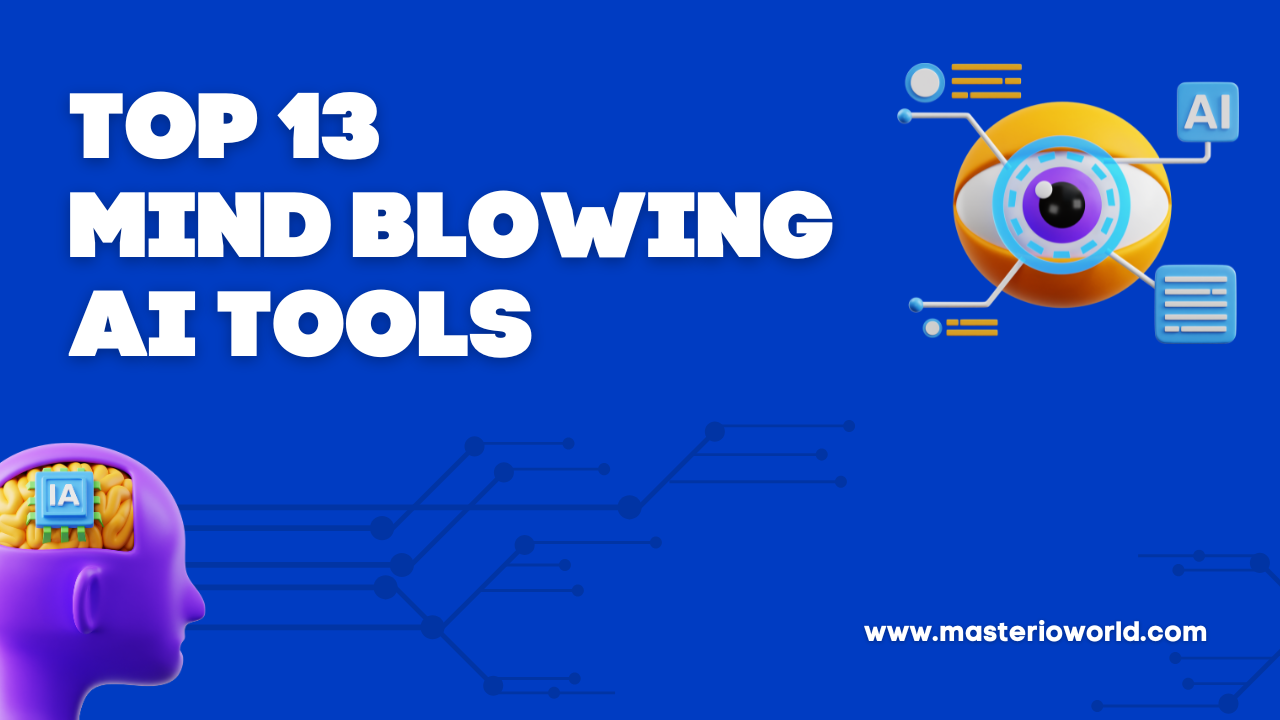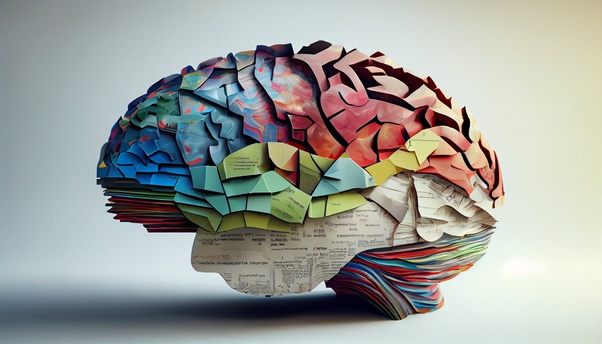Top 13 AI tools of 2025
There are numerous opportunities for businesses of all sizes around the world due to the advancements in Artificial Intelligence technology. AI is enabling businesses to gain unprecedented insights and enhancing the efficiency of many operational processes. Whether you are a freelancer with a solitary business or managing a team of employees, there are numerous tools available that can help improve your operations. Here are the 12 best AI tools for businesses: Pictory Pictory is a user-friendly AI-powered tool that lets you effortlessly create and modify top-quality videos without any prior video editing or design experience. You can get started by providing a script or article as the foundation for your video content. Pictory can transform your blog post into a captivating video suitable for your website or social media, making it an ideal feature for both personal bloggers and businesses looking to enhance their engagement and quality. As it is cloud based it can work on any computer. Using Pictory, you can also easily edit videos through text, which is particularly useful for editing webinars, podcasts, Zoom recordings, and more. The process is quick and simple, delivering professional results in just a few minutes that help you expand your audience and establish your brand. Pictory’s other fantastic feature is its ability to create shareable video highlight reels, which is perfect for those seeking to create trailers or share short clips on social media. Additionally, you can automatically caption and summarize videos, offering more flexibility and convenience. To summarize, Pictory’s main features include:• Creating videos based on articles or scripts• Editing videos using text• Making shareable video highlight reels• Automatically captioning and summarizing videos Jasper Jasper is widely recognized as the top AI writing assistant in the market, thanks to its impressive features and quality. To use Jasper, simply provide it with some seed words, which it will analyze to create phrases, paragraphs, or even documents that match the subject matter and tone of voice. It’s even capable of producing a 1500 word article in less than 15 minutesJasper boasts over 50 AI content generation templates, which include blog posts, emails, marketing copy, Facebook and Google ad generators, meta titles and descriptions, press releases, and many more.Here are some of Jasper’s best features:– More than 11,000 free fonts and over 2,500 writing style categories– Supports more than 25 languages– Intuitive interface– Long-form writing assistant (1,000+ words)– Can identify key elements in text, such as pronouns, verbs, and names. Murf On our list of the best AI tools for businesses, we highly recommend Murf, a text speech generator that is widely recognized as one of the most impressive and popular AI voice generators in the market. Murf makes it possible for anyone to easily convert text into speech, dictations, and voice-overs, making it a go-to tool for professionals such as product developers, podcasters, educators, and business leaders. Murf offers a wide range of customization options to help you create the most natural-sounding voices, including a variety of voices and dialects to choose from and an easy-to-use interface. With its comprehensive AI voice-over studio, you can create videos with voiceovers, as well as choose from over 100 AI voices from 15 languages and select preferences such as Speaker, Accents/Voice Styles, and Tone or Purpose. One of Murf’s top features is the voice changer, enabling you to record without using your own voice as a voiceover. The voice overs offered by Murf can also be customized and allowing you to add pauses and emphasis or change pronunciation to suit your preferences. Some of the top features of Murf include a large library of more than 100 AI voices across languages, expressive emotional speaking styles, audio and text input support, and customization options through tone, accents, and more HitPaw Photo Enchancer A top-performing AI image and upscaler tool that we recommend is HitPaw. This tool is the ultimate solution to enhance image quality, remove blurriness and enlarge images without compromising their quality. Its advanced AI models are perfect for enhancing photo quality in any situation, including revitalizing old images. Its AI face enhancer feature provides a face model to make faces look flawless and even colorize black-and-white images in a single click. The denoise model is powerful enough to remove noise from high-ISO and low lighting images and make cartoon images clearer. For real-life scenes, like landscapes and buildings, the general model works best to enhance image quality and sharpen them. HitPaw is available for both Windows and Mac operating systems and is a one-click solution to improve image quality and resolution, remove blurriness and noise, and upscale images without any loss in quality Synthesys Looking for the best AI video generator? Look no further than Synthesys! This leading company is dedicated to developing top-notch algorithms for text-to-voiceover and commercial video use. With Synthesys, you can enhance your video content in just a matter of minutes. The company uses its cutting-edge Synthesys Text-to-Video (TTV) technology to transform your scripts into dynamic media presentations. Using Synthesys is easy and requires no cameras or film crews. Simply choose an avatar and type your script in one of 140+ available languages, and the tool will produce a high-quality video with lip-syncing AI technology. Synthesys is an excellent tool for creating explainer videos, e-learning content, social media posts, and product descriptions. The easy-to-use interface makes editing and rendering your videos a breeze. So why wait? Try Synthesys today and take your video content to the next level Lovo.ai There’s a platform called Lovo.ai that generates voices that sound like real humans. It’s won awards and is really easy to use. They’ve made tons of different voices for different industries, like education, news, and gaming. People all around the world think they’re really innovative!Recently, they launched something called Genny. It’s an even newer AI voice generator that can also edit videos. You can choose from over 500 AI voices in tons of languages and emotions. The voices sound super professional and you can use special tools to make them … Read more


